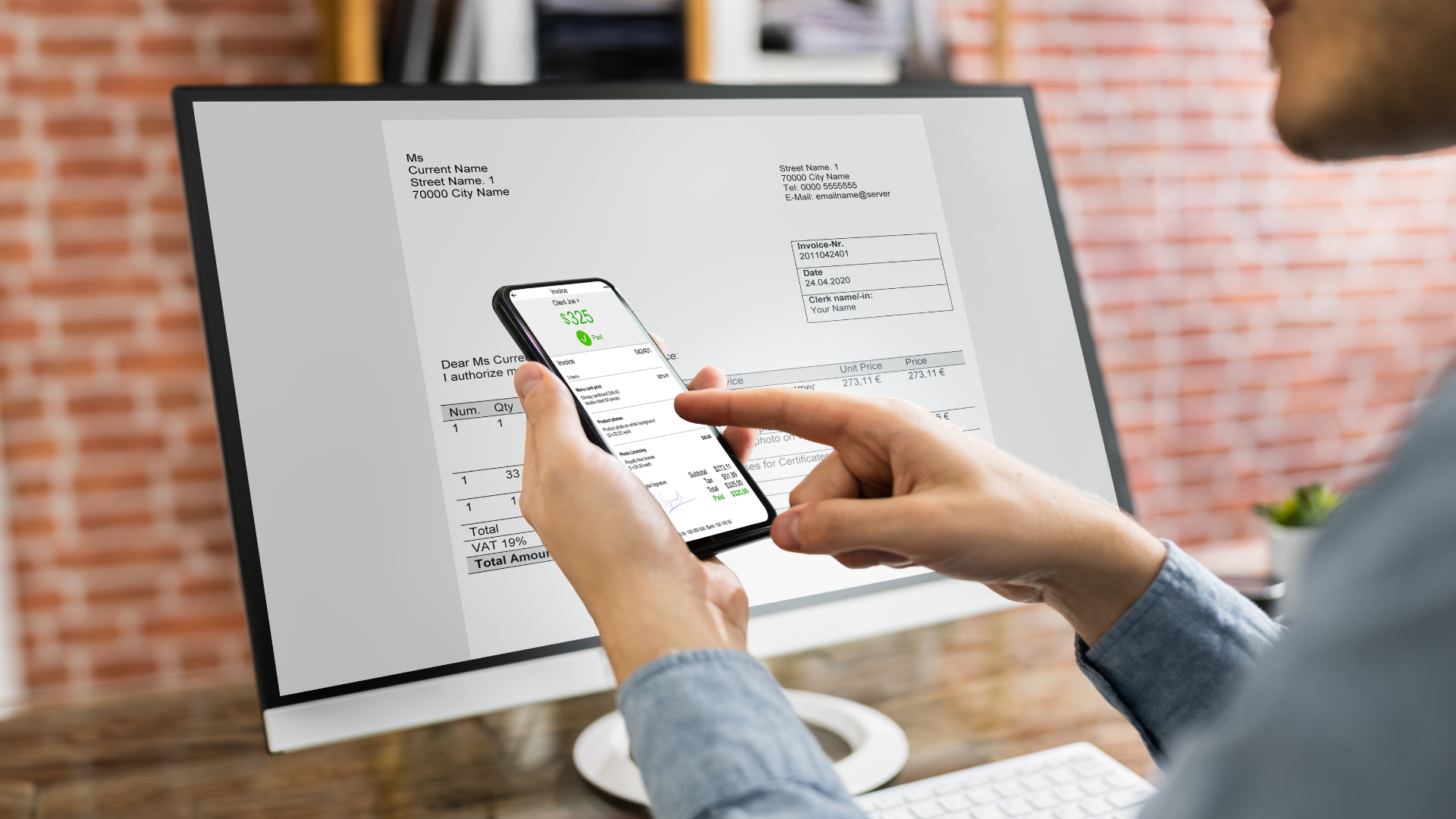Bookkeeping
Invoicing 101: Steps To Prepare Your First Invoice
February 9, 2024

Invoicing for small business owners might look like a small part of the business, but it is important to maintain healthy cash flows. It is the first step of receiving payments for your business. Hence, every small business owner must understand how to make a complete and compliant invoice.
What Is an Invoice?
An invoice is a document that a provider of goods and services creates and sends to the customer to collect payments. It is a valid documentary proof of the good or service delivered. Invoices are mostly sent on paper or as electronic invoices. However, due to their efficiency, many businesses are replacing paper invoices with e-invoices. While collecting payments is the key purpose of an invoice, it also serves other business purposes, such as:
- Tracking the payments due
- Maintaining records of sales and bookkeeping
- Maintaining accuracy with an itemized description
- Inventory management
- Filing taxes
- Using it as legal proof of the business transactions for audits
A Guide to Creating Your First Invoice
Before preparing your first invoice, you can look for readily available templates or invoicing software to save time and reduce errors. Once you have selected the invoice template per your company’s offerings, you can customize it per the business transactions.
When preparing the invoice, include the following information:
- The word ‘Invoice.’
- A Unique invoice number
- Logo of your business at the top
- Your business number (BN) issued by the Canada Revenue Agency
- Seller’s and Purchaser’s contact details (name, address and
- contact number) ·
- Date when the invoice is sent
- Dates of delivery of products and services
- Description of goods or services sold and quantity
- Total amount due, including tax
- Terms of payments and mode of payment
- Signature of the supplier
When you make your first invoice, consider mentioning a payment time frame you agreed upon with your clients. It can help you follow up with clients and ensure fast processing of pending payments while keeping the communication clear.
You could also add detailed payment terms in the invoice, stating fees for late payment, return or replacement of goods, and payment processing fees, whichever is applicable.
When Should You Send an Invoice?
The time of sending an invoice depends on the nature of your business. For example, if you are an event planner, you might need a downpayment to start preparation. It would require an advance invoice stating the downpayment amount.
Some small business owners send the invoices at fixed intervals. For instance, a monthly magazine subscription might send recurring invoices weekly, monthly, or half-yearly. The most common are the invoices sent after the completion of work.
How To Manage Invoices?
Making an invoice is the first step. The next step is managing invoices. Invoicing has several stages, from preparing and sending the invoice to collecting and recording payments. An invoice is complete when any third person can understand the entire business transaction by looking at the document. Using an invoice as the base, the bookkeeper can record the sales under the correct client and add notes around the invoice status (Pending or Paid).
The unique invoice number helps you communicate about that invoice, track its status, and file GST. Hence, include it in the subject line of your email and ledger books.
The date of the invoice is crucial in the follow-up process. A person can follow up on payments due past their payment time frame. It can also help you calculate the days for the payment cycle. The client’s contact details can be useful in following up or for future reference.
The above steps can help you create your first invoice. But as the business grows and the number of invoices increases, managing them needs a professional. Any missouts on sending invoices or collecting payments could create a gap in revenue and GST. At some point, you might need a bookkeeping expert to help you with invoice management.
Contact KSSP Partners LLP in the GTA to Help You with the Invoicing Process
A professional bookkeeper can help you create and maintain a robust invoicing process so you don’t miss collecting payments. They can file the invoices and record all payments on time to ensure the cash flows through the business smoothly. To learn about how KSSP Partners LLP can provide you with invoicing bookkeeping services, contact us online or by telephone at 289-554-5997.


